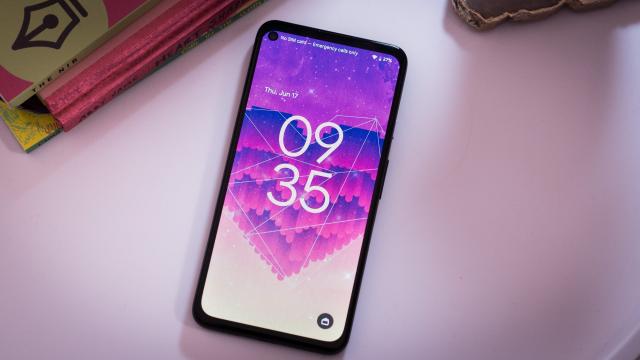The second build of the Android 12 Beta is out, and it’s jam-packed with features. We were already expecting a major visual overhaul with what Google has called Material You, but now you can actually get a glimpse of the new theming engine in this latest release. The Privacy Dashboard is also available to try, plus a few new gestures. The new Power Menu is starting to take shape, though you might not be too happy about how Google moved things around.
If you’re impatiently waiting for Android’s big upgrade, you can give it a try before it’s final. It’s easy to install if you’re on a Pixel 3 or higher — all you have to do is opt in to get the over-the-air update. It’s available for the OnePlus 9 and 9 Pro, too, though those require a little more preparation. Remember to proceed with caution, as you might run into some bugs and borked features since this isn’t the finished source code. But half the fun of being an Android user is taking a look behind the scenes.
If you’re running the beta, here are the features to check out first.
Material You Brings a New Look
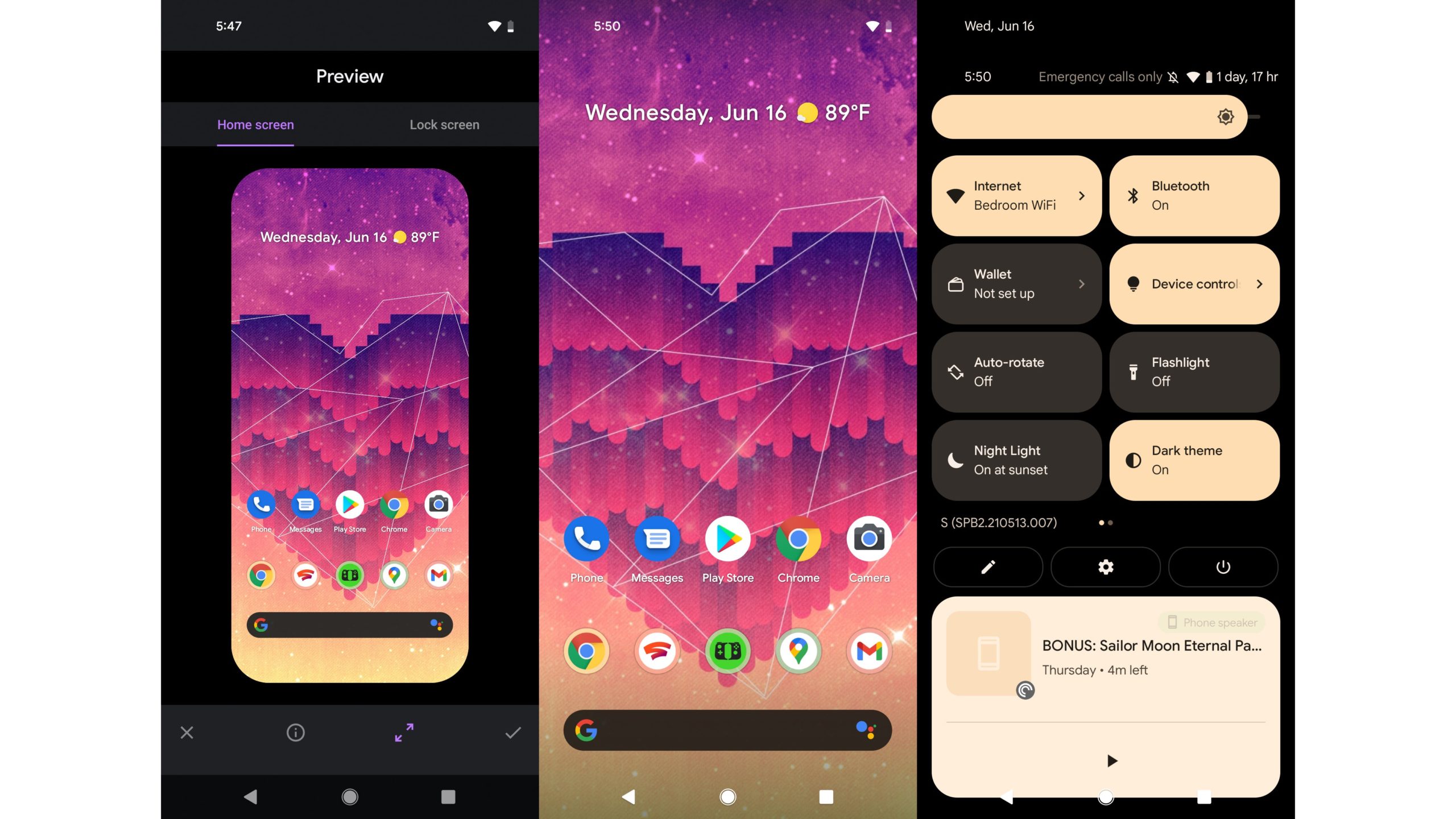
Material You is not quite you just yet, but there’s much more of it in the second beta compared to the first. You won’t get the full array of customisation that we’ve seen in renders, but you will get to see the colour-stripping part populate across the interface.
To see the Material You theming in action, long-press on the Home screen and select Wallpaper & style. Then, choose a photo from your files or any of the stock options offered by Google. Once you select an image and whether you want it displayed across both the Home and Lock screens, Android will pick a colour that matches the background.
The colour-matching is very subtle in the current iteration, and it’s not entirely clear how the OS makes its choice. It’s also unclear whether you should choose your icon style and font type before choosing your wallpaper. But you can play around with it to get a glimpse of how Material You will extract colour in the final build.
Privacy Dashboard
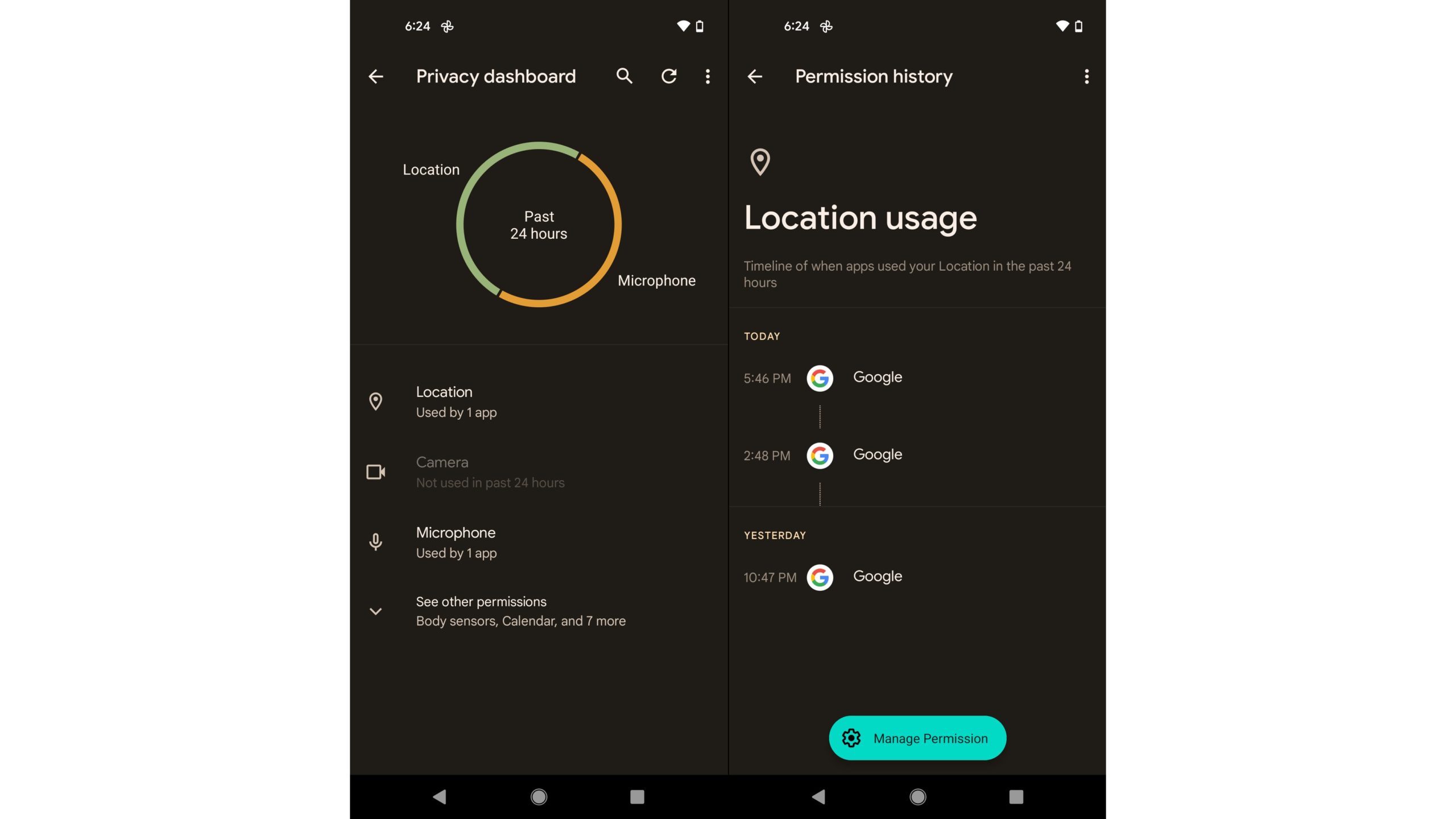
Android has long been fighting the reputation that it offers fewer privacy protections than iOS. So Google made some changes to the way Android informs you about what phone features apps are accessing in the background. It’s called the Privacy Dashboard, and it’s like Digital Wellbeing for apps that have access to your permissions. For instance, you’ll see which apps have constant access to your location data and how often those pings occur throughout the day.
You can access the Privacy Dashboard in the Settings panel, under Privacy > Privacy dashboard. Once you’re there, you’ll see a pie chart of your most recent app activity. Next, tap on the permission itself to see a timeline of which apps have accessed that day. You also have easy access buttons to manage the rest of your permissions if you look at your chart and decide you need to do some tweaking.
Kill Access to the Microphone and Camera
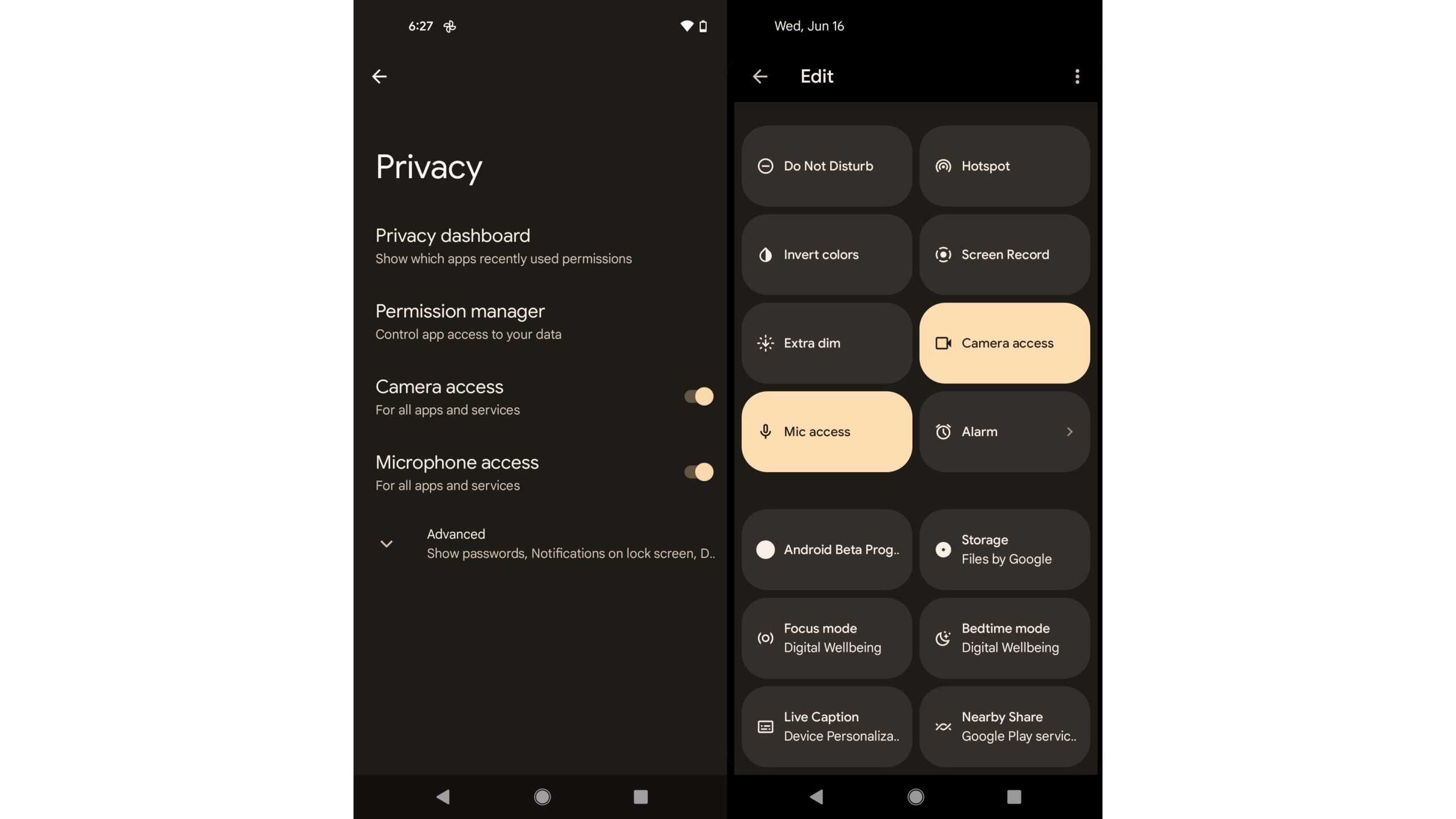
Don’t want any app having access to your Android device’s camera or microphone? In the second Android 12 beta, there is now a kill switch for both in the Permissions settings panel. They’re also available as a quick tile in the notification shade.
Note that some features won’t work within the apps that rely on those elements, but Android 12 can better handle those requests, so you can still use other components within that app.
Look for the Indicators

Sometimes, apps running in the background continue to access your camera or microphone even when you’ve moved on to another app. Now you can look for the privacy notification indicator in the top right part of your screen. It will pop up when an app is actively using the camera or microphone. Once it minimizes, it appears as a tiny green dot, similar to a feature in iOS 14.
Say Goodbye to the Power Menu
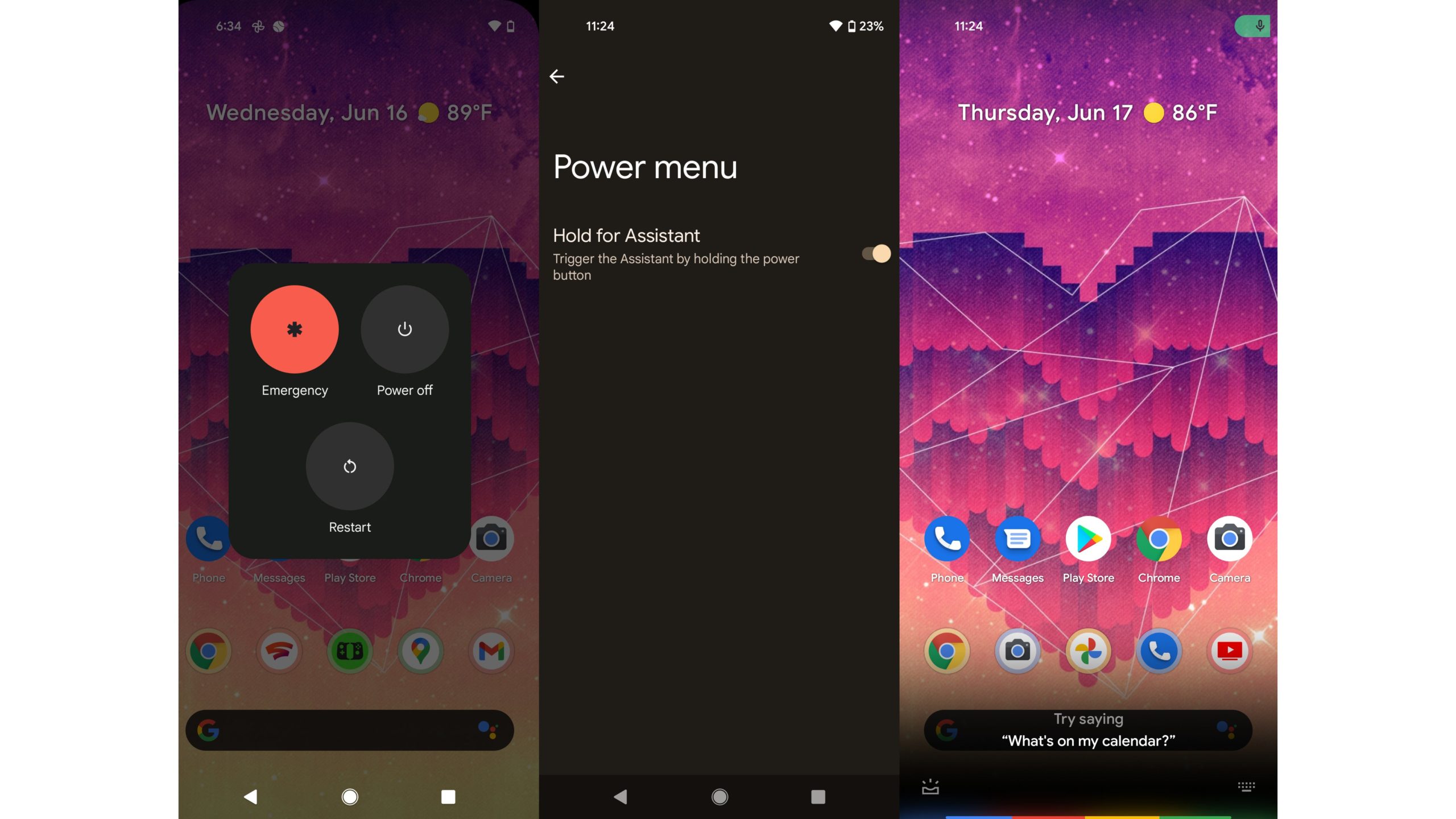
Google pared down the power menu in the Android 12 Beta, and there are no more shortcuts for smart home controls or Google Pay. I’ll show you how to get them back in the Notification Shade in the following slides. On your way there, be sure to pay your respects to what could have been the universal remote equivalent of a power menu.
If you decide you’d rather long-press the Power button to launch the Google Assistant, there’s a switch in the Android settings. First, search in the settings for the Power menu, then tick the option to Hold for Assistant. After it’s turned on, you can hold down the Power button to give Google a command.
Adjust Your Lights From the Quick Settings
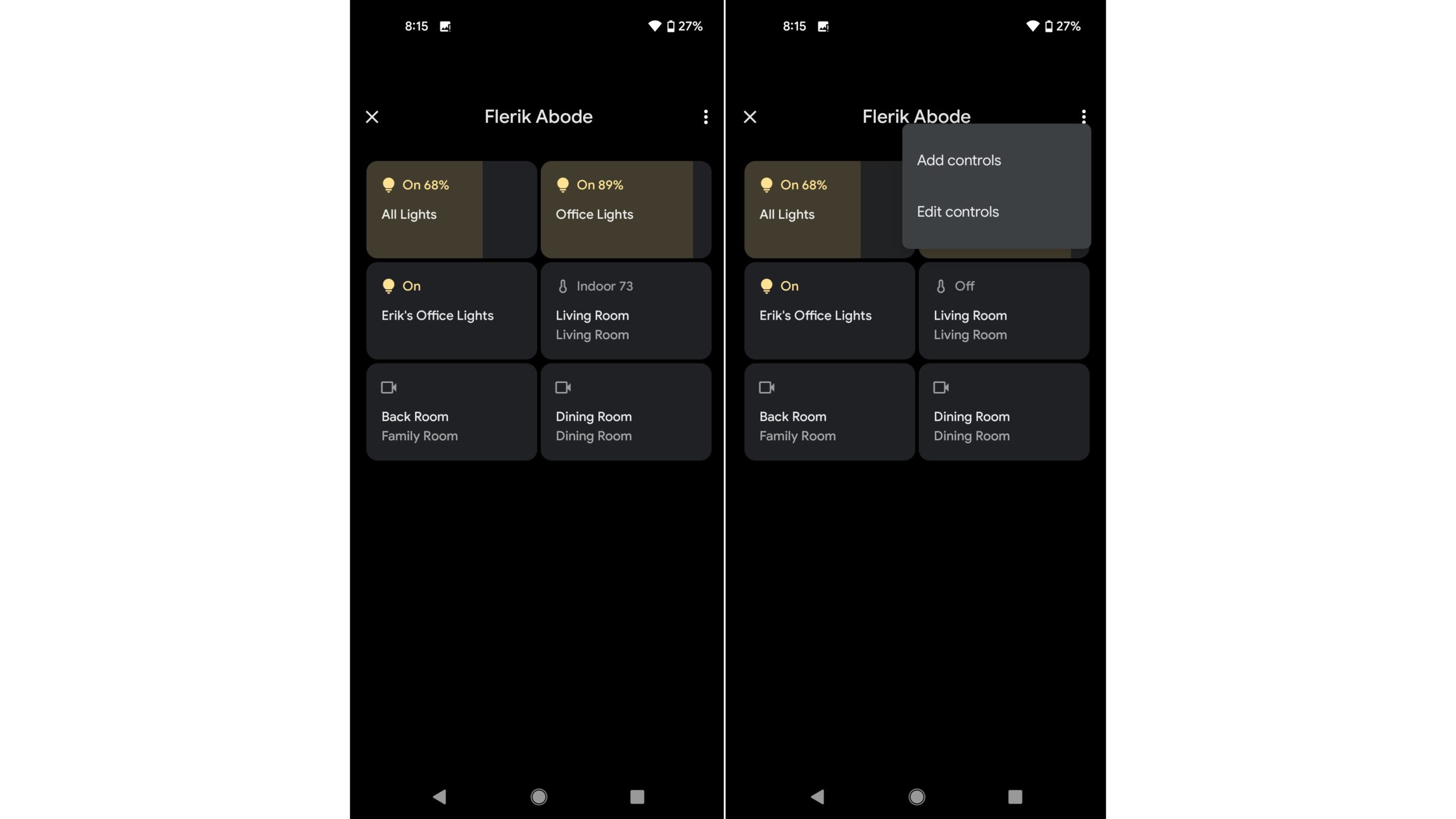
The smart home controls in Android 12 Beta 2 have been rolled up into the Quick Settings panel. Drag down from the notification shade twice to reveal the quick tiles. If you had smart home controls set up before you installed the beta, you should see a Device Controls button pop up next to the Wallet option. Tap on it once to expand your smart home controls. From there, adjust your lights, cameras, thermostat, and other compatible devices as you need. You can also long-press on a particular room or control to expand into the Google Home app.
Don’t Forget Google Pay
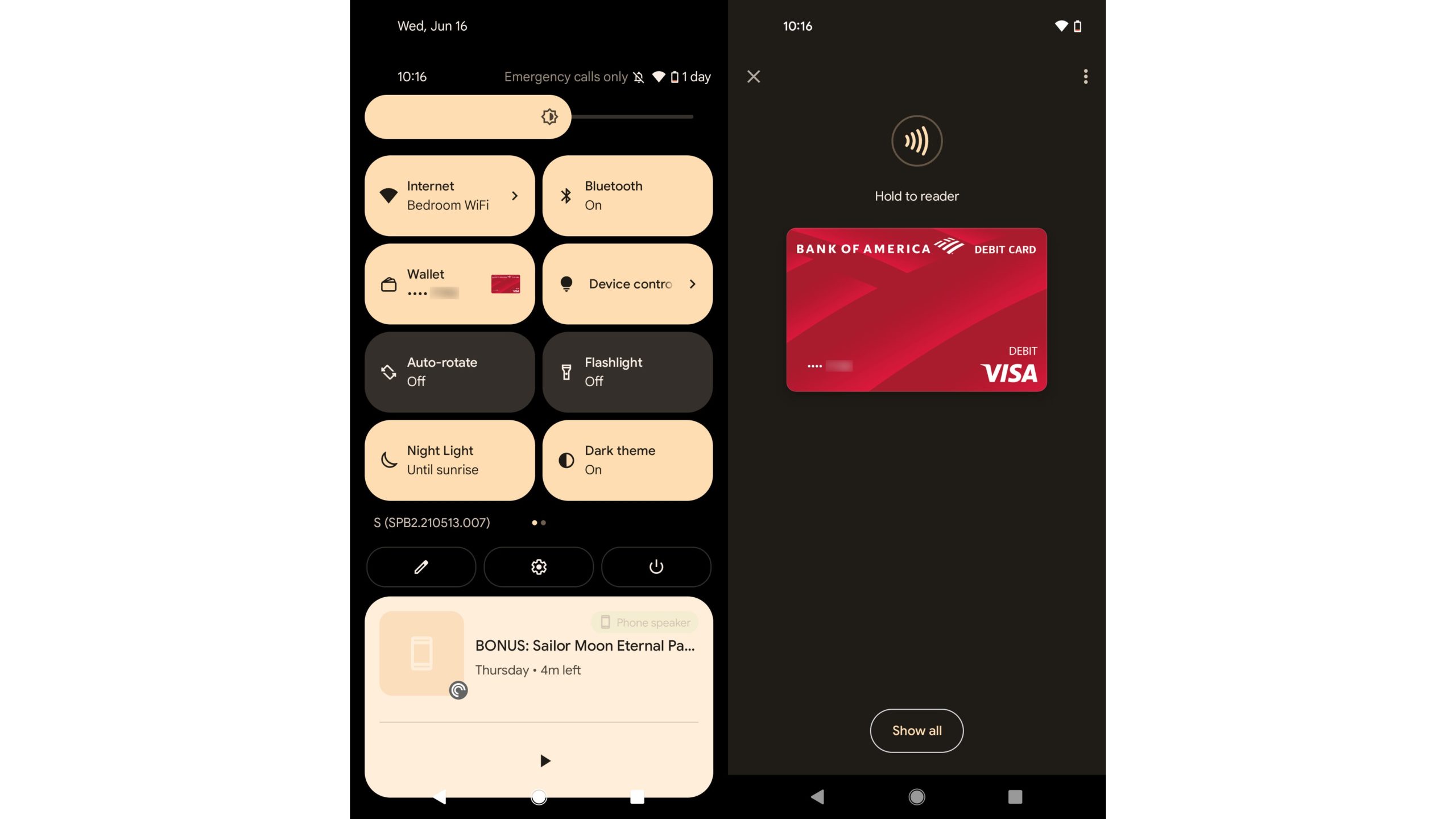
The Google Pay wallet was also extracted from the power menu and moved up into the Quick Settings panel. By default, you can drag it down once to access your Wallet. If you have Google Pay set up, you’ll see your default card show up on the screen, ready to be scanned. If not, Google will ask for some verification, and then you’re ready to start spending.
Make Your Screen Extra Dim
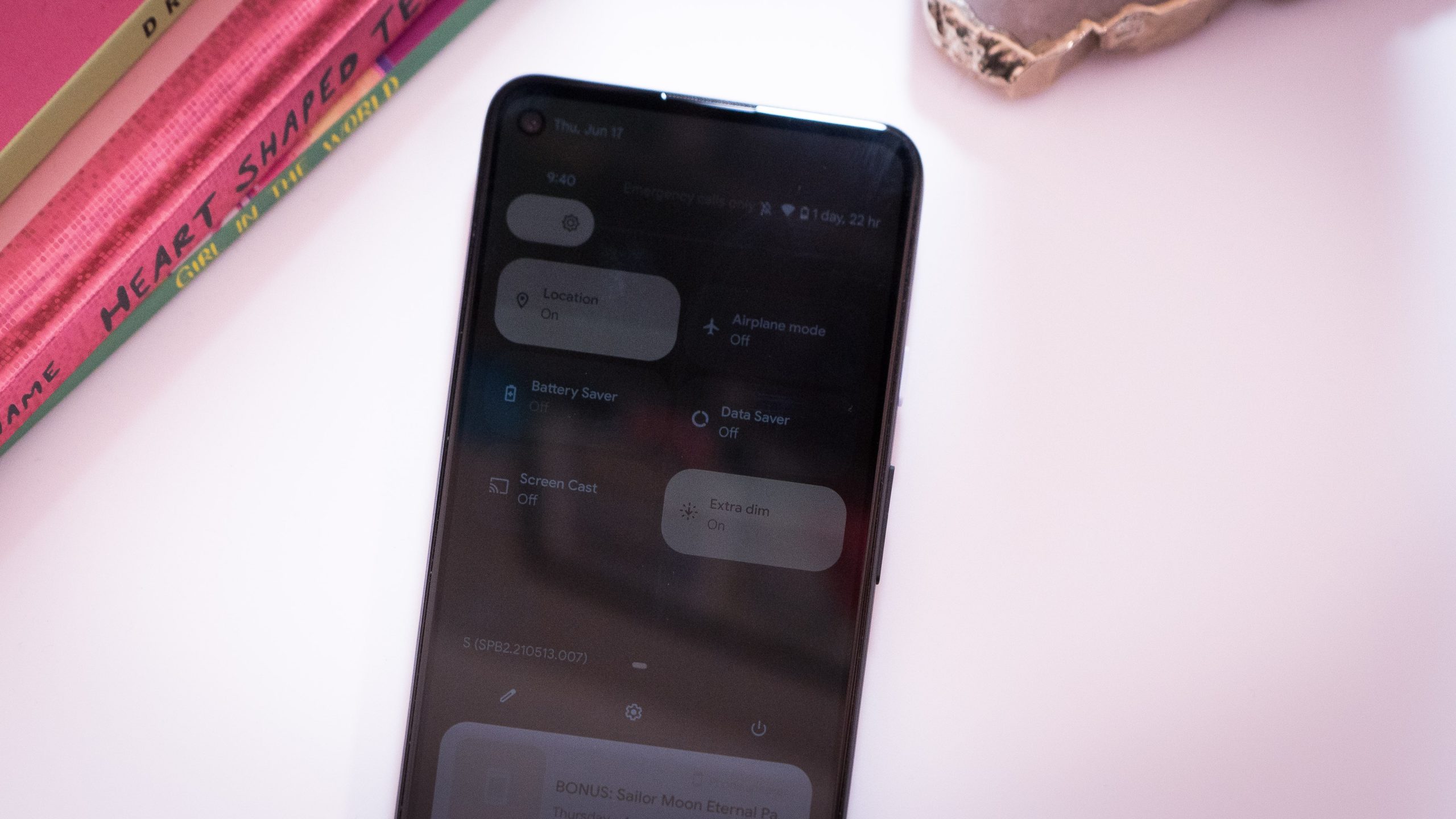
Initially an accessibility setting, you can select the quick tile from the notification shade to enable the Extra Dim mode. It will immediately bump down the screen brightness, regardless if you’re on the lowest or highest available setting. It’s a convenient feature if you’re prone to headaches because of bright light, or if the blue light still manages to pierce through for you, even in the default night mode.
Enable the Quick Tap Gesture

If you’re running Android 12 Beta 2 on a Pixel 4a 5G or Pixel 5, you can enable the new Quick Tap gesture. Either search for it in the settings panel or head into the Gestures options and select Quick Tap. Once you turn it on, you can choose whether you want to double-tap on the back of the phone to take a screen, access the Assistant, play or pause media, see recent apps, show notifications, or open a specific app. You can also select whether the phone should require stronger taps to avoid accidental launches.
Catch a Glimpse of Rounded Corners
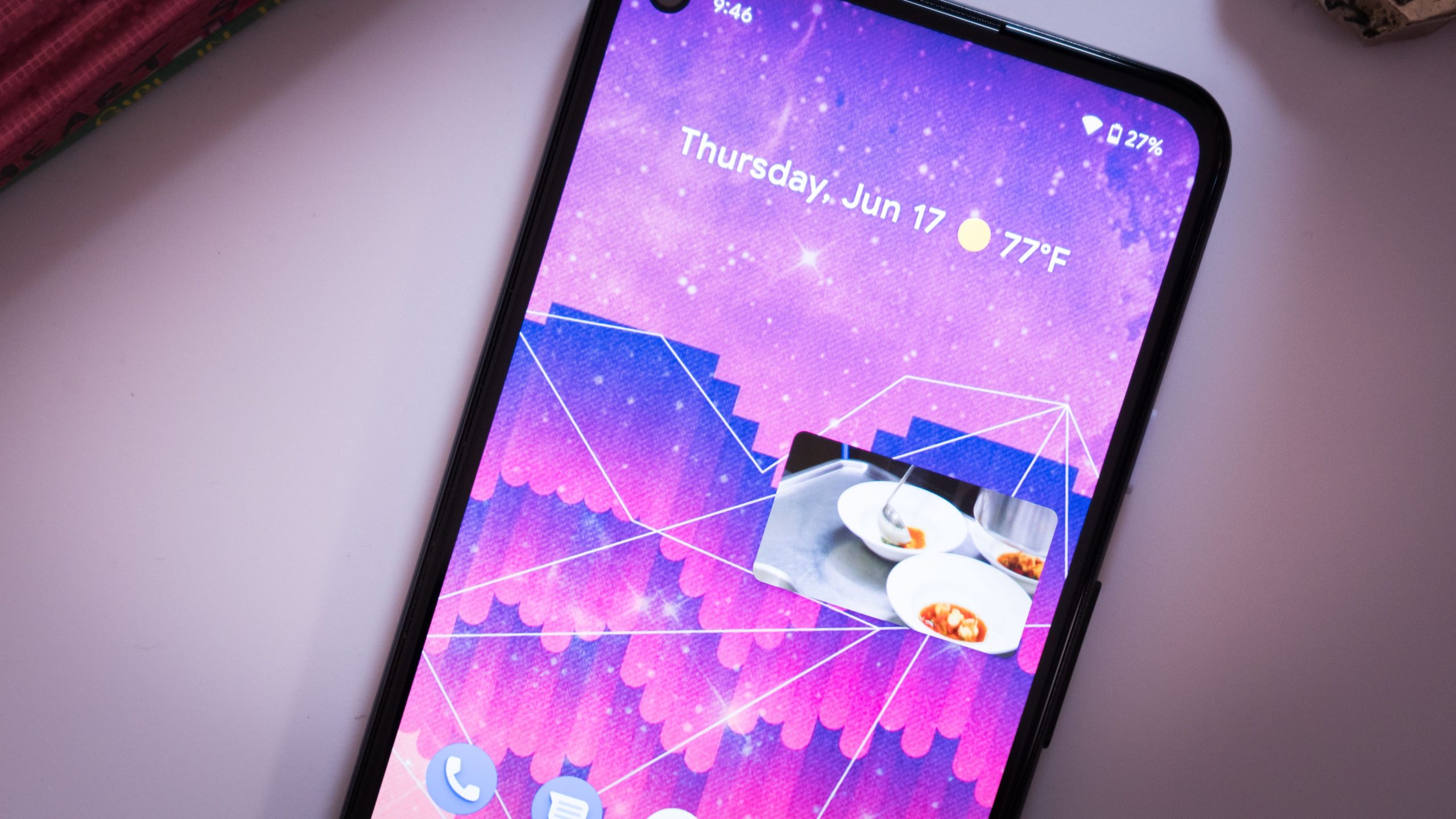
If you’ve been reading up on the Windows 11 leaks, you know rounded corners are having a season. They’re plastered all over on Android 12 Beta 2. Even the picture-in-picture window that pops up when you navigate away from a video in progress has rounded corners. Eventually, all widgets and other elements of the interface will also sport a border.
Expect more of these sorts of subtle aesthetic changes to come through the finalised version of Android 12. We won’t have to wait long, as there are only two more betas to go until it’s ready for primetime.
